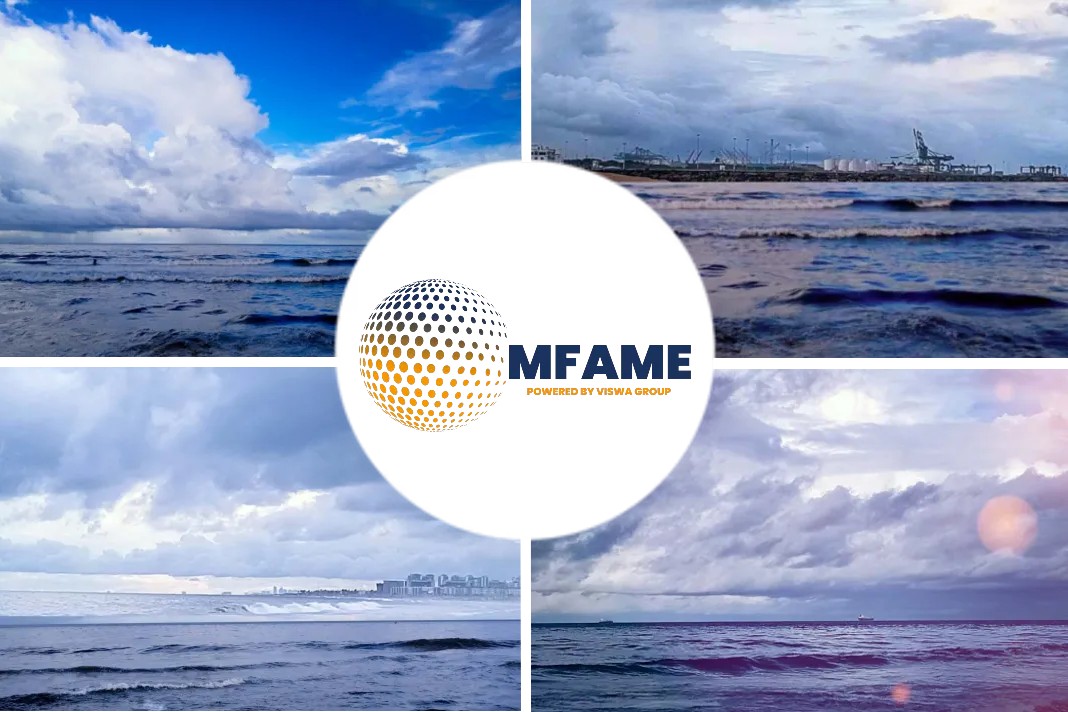In a major development, Japan’s Transport Ministry announced on Monday that the country’s first trial of bunker fuel complying with the International Maritime Organization’s new 2020 rules went off smoothly on domestic coastal vessels, says an article published in Platts.
This move will make the commercial supply of the low-sulfur marine fuels one step closer.
Japan’s Shipping Preparations
RThe Ministry of Land, Infrastructure, Transport and Tourism said the trial is aimed at ensuring the domestic shipping industry’s preparations and readiness for strict sulfur regulations on marine fuels, ahead of the country’s “expected full-scale start of the [IMO-] compliant fuels supply for ships from around the autumn.”
In its trial for about a week from June 27, the MLIT said it has confirmed it did not face any issue to change, blend and use bunker fuel oil with less than 0.5% sulfur content on four coastal vessels that use high sulfur bunker fuel oil.
The Backdrop of This
The IMO will cap global sulfur content in marine fuels at 0.5% from January 1, down from 3.5% now. This applies outside the designated emission control areas where the limit is already 0.1%. Shipowners will have to either burn cleaner, more expensive fuels or install scrubbers if they continue to burn high sulfur fuel oil, to comply with the rule.
How was it done?
In the first trial, the four coastal vessels comprising steel materials and cement carriers filled IMO-compliant bunker fuel oil produced in Japan by an undisclosed domestic refiner in Tokyo Bay for voyages including to the Pacific, Hanshin and Setouchi in the west and Kyushu in the southwest, a MLIT official said.
The MLIT still intends to run more trials with different kinds of coastal vessels by around the end of July, the official said.
MLIT and Japan Shipping Federation Triggered This
The first trial comes after S&P Global Platts reported on June 3 that the MLIT was considering running the trials to use bunker fuel from local refiners on domestic coastal vessels under a framework working with the Ministry of Economy, Trade and Industry.
The latest trial comes after MLIT, METI, the Japan Federation of Coastal Shipping Associations and local refiners already found that compatibility of blending bunker fuels was proved in a test involving the current high sulfur bunker fuel oil with the IMO-compliant low sulfur fuel oil.
- The test, using sample fuels from Idemitsu Kosan, Cosmo Oil, JXTG Nippon Oil & Energy, Showa Shell and Fuji Oil, examined the compatibility of including blending of the existing HSFO with the IMO-compliant LSFO, as well as blending of IMO-compliant LSFO, according to a guidance compiled by MLIT.
- The MLIT guidance also noted that Japanese refiners will be able to produce and supply the IMO-compliant LSFO with a sulfur content of less than 0.5%, a kinematic viscosity of more than 20 CST and a pour point of less than 30 degrees Celsius for bunkering.
- The spec for the IMO-compliant LSFO compares with the current HSFO-grade supplied by the refiners for bunkering with a sulfur content of less than 3.5%, a kinematic viscosity of around 150 CST and a pour point of less than 10 C, according to the MLIT guidance.
- Petroleum Association of Japan president Takashi Tsukioka said on May 31 Japanese refiners have already agreed on the quality of their planned supply of IMO-compliant bunker fuels with local shipping companies.
- Japan’s largest refiner, JXTG Nippon Oil & Energy, which accounts for 40-50% of domestic bunker fuel supply, is ready to start supplying IMO-compliant bunker fuel by October, Tsutomu Sugimori, president of parent JXTG Holdings, said on May 13.
- Tsukioka said in March that Japanese refiners will be able to supply bunker fuel that complies with the IMO’s sulfur limit rule for marine fuels by October-November.
Did you subscribe to our daily newsletter?
It’s Free! Click here to Subscribe!
Source: Platts























